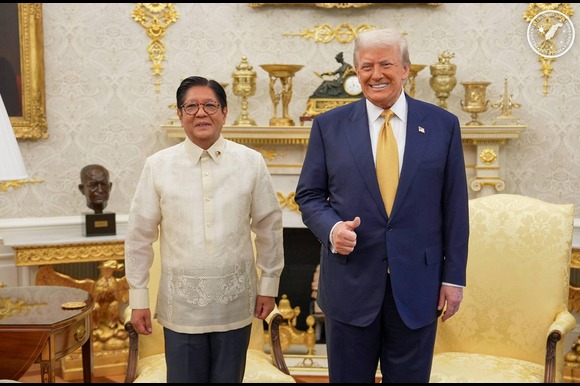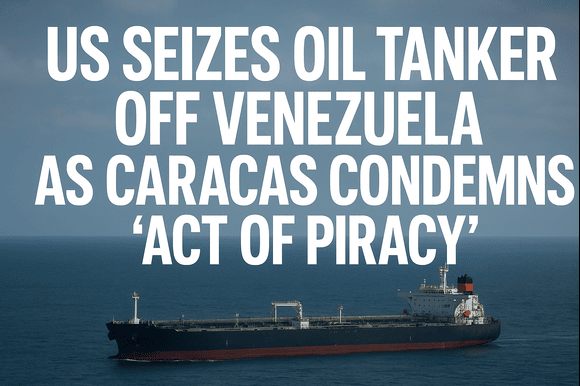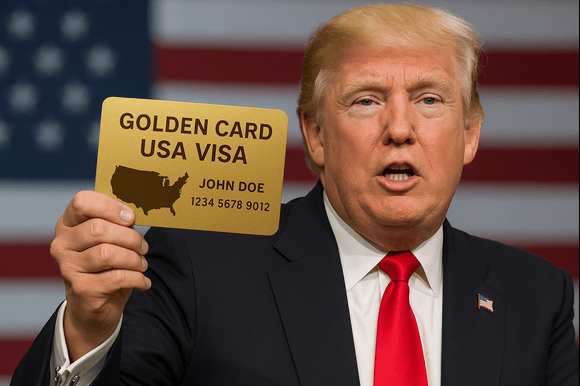
By Presidential Communications Office
US President Donald Trump has announced that the United States will impose a 19% tax on imports from the Philippines, following a meeting with the country’s president at the White House. Trump shared the news on social media on Tuesday, stating that the new tariff was part of a broader trade agreement, which also includes the removal of Philippine duties on U.S. goods and expanded military cooperation between the two nations.
“It was a beautiful visit, and we concluded our Trade Deal,” Trump wrote, offering no further specifics regarding the terms of the reported pact. As of now, the Philippines has not publicly confirmed the agreement. The BBC has reached out to the Philippines Embassy in Washington, D.C., for comment.
If implemented, the new tariff rate would place the Philippines among the countries facing some of the highest U.S. import taxes, exceeding even the 17% Trump had initially floated in April as part of a sweeping global tariff strategy. Trump has maintained that the goal of these tariffs is to pressure trading partners into removing what he perceives as unfair trade practices targeting American industries.
Since unveiling the global tariff initiative in April, which triggered significant market instability and international backlash, Trump has engaged in a series of trade talks with various countries. Some have resulted in tentative or partial agreements—including deals with the UK, China, and Indonesia—though many of those pacts have kept in place high tariffs and left several key issues unresolved or lacking mutual confirmation.
As Trump now warns of a new round of heightened tariffs scheduled to take effect on August 1, uncertainty looms for some of America’s most critical trading partners, including the European Union and Canada. While negotiations continue, officials in both regions are signaling growing frustration and hinting at possible retaliatory measures if no progress is made.
In Canada, Prime Minister Mark Carney addressed the ongoing negotiations during a meeting with provincial premiers in Ontario. While acknowledging that talks are ongoing, he remained cautious about the likelihood of securing an agreement before Trump’s deadline. “We’ll see,” Carney said. “The Americans’ objectives are multiple, they change over time … but what is clear is that the Canadian government will not accept a bad agreement. The objective is not to have an agreement at any cost.”
Trump’s original tariff plan, unveiled in April, represented one of the most protectionist economic moves by a U.S. president in over a century. It called for the highest overall tariff levels seen since the early 1900s, sparking global concern and triggering financial market disruptions. Some of the more severe elements of that plan were later suspended, while a flat 10% tariff was imposed on most imports. Specific goods—including automobiles, steel, aluminum, and copper—were hit with even higher duties.
With financial markets stabilizing and the U.S. economy showing resilience in recent weeks, Trump has revived his push for higher tariffs. Letters sent to foreign leaders outline plans to implement new duties starting August 1, a move he insists will promote fairer trade and bolster domestic manufacturing.
In correspondence sent earlier this month to Philippine officials, Trump warned that a 20% tariff could be imposed if a deal wasn’t reached. That figure was already a hike from the 17% rate he proposed in April.
The Philippines, while not one of the U.S.’s largest trading partners, still exports a significant volume of goods to America. In the past year, the country sent approximately $14.2 billion worth of products to the U.S., including electrical machinery, car parts, textiles, and coconut oil.
For many U.S. companies, the mounting tariff costs are beginning to take a toll. On Tuesday, General Motors reported that tariffs had added more than $1 billion in costs over a three-month period. Rival automaker Stellantis, which produces Jeep vehicles, disclosed earlier that it had incurred €300 million (approximately £259.6 million or $349.2 million) in additional expenses due to the trade measures.
As Trump continues to push forward with his aggressive trade agenda, many governments and multinational corporations are watching closely, weighing the potential consequences of a tariff-driven global economic landscape.




